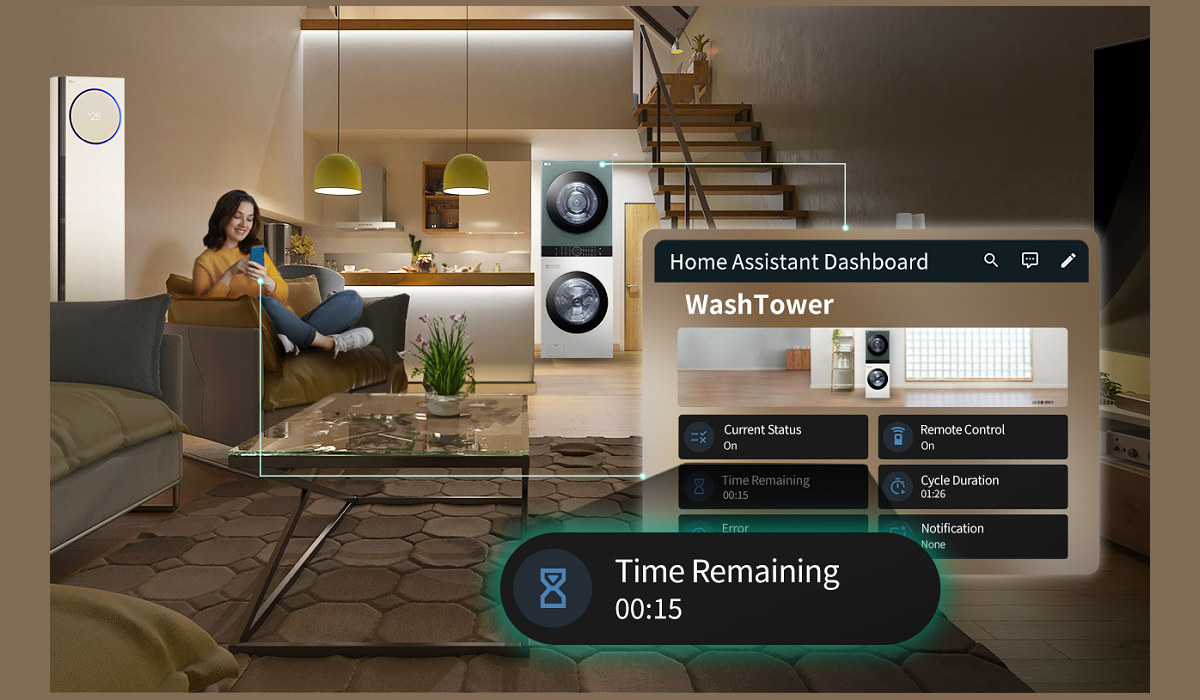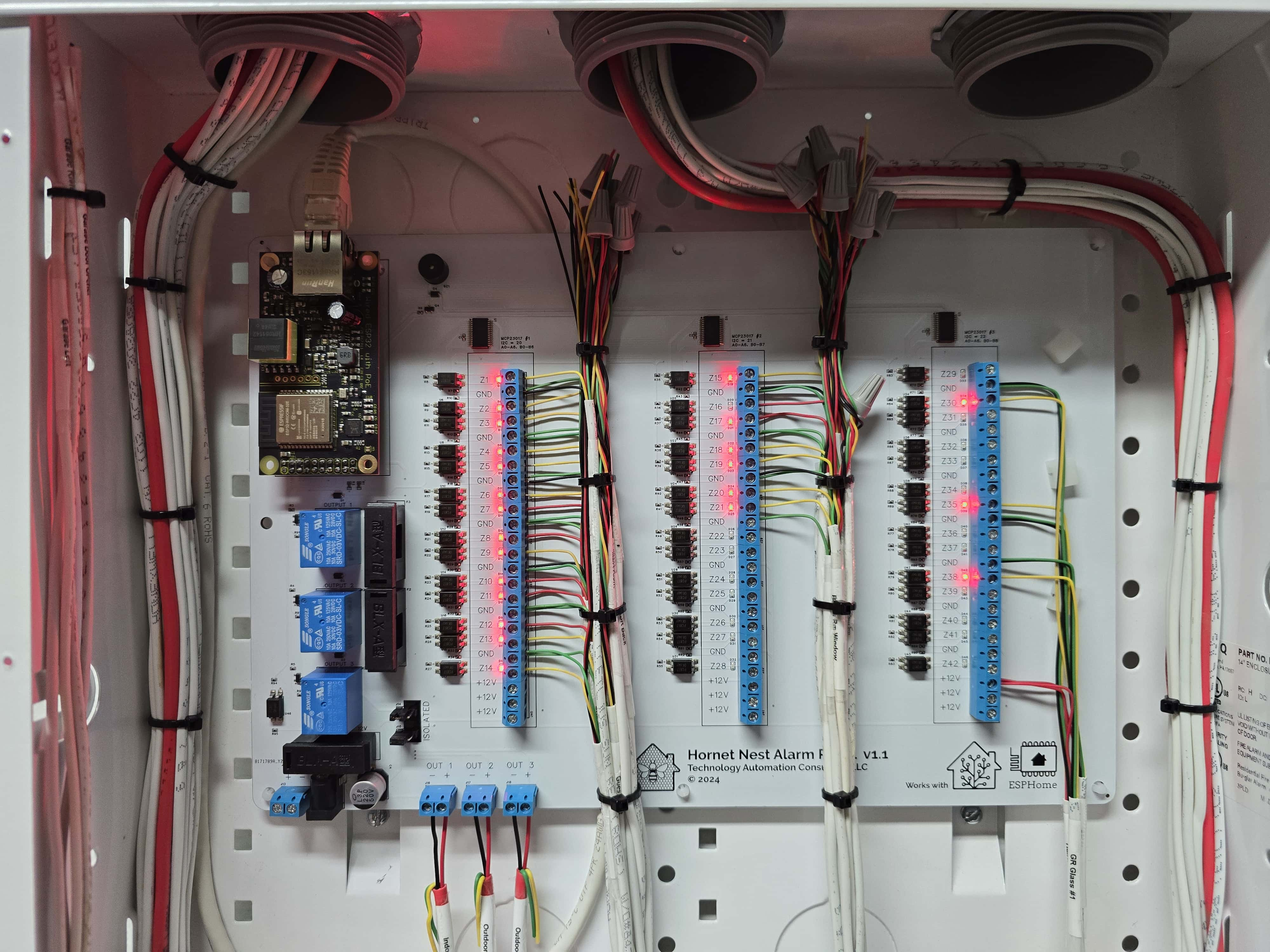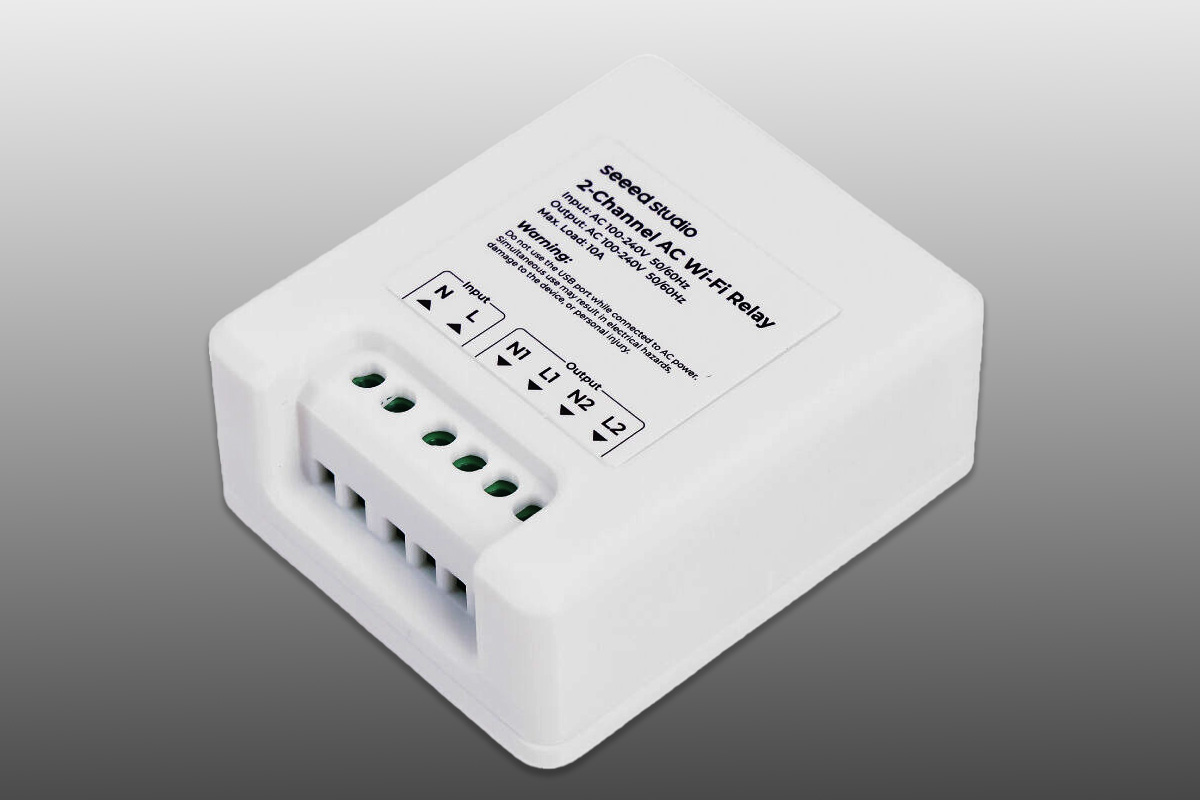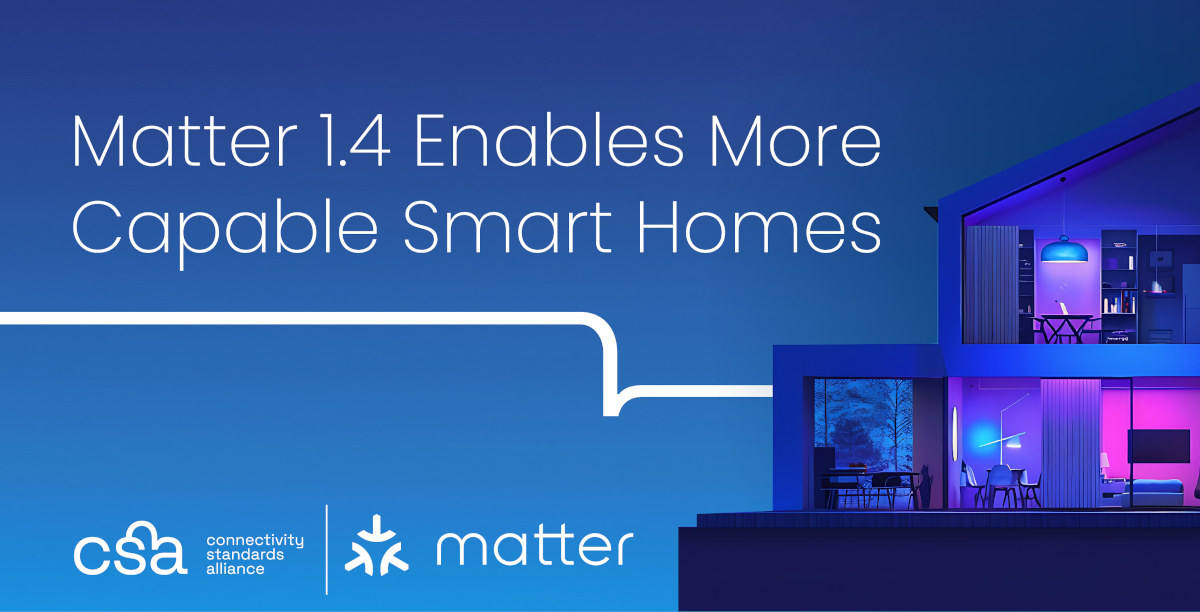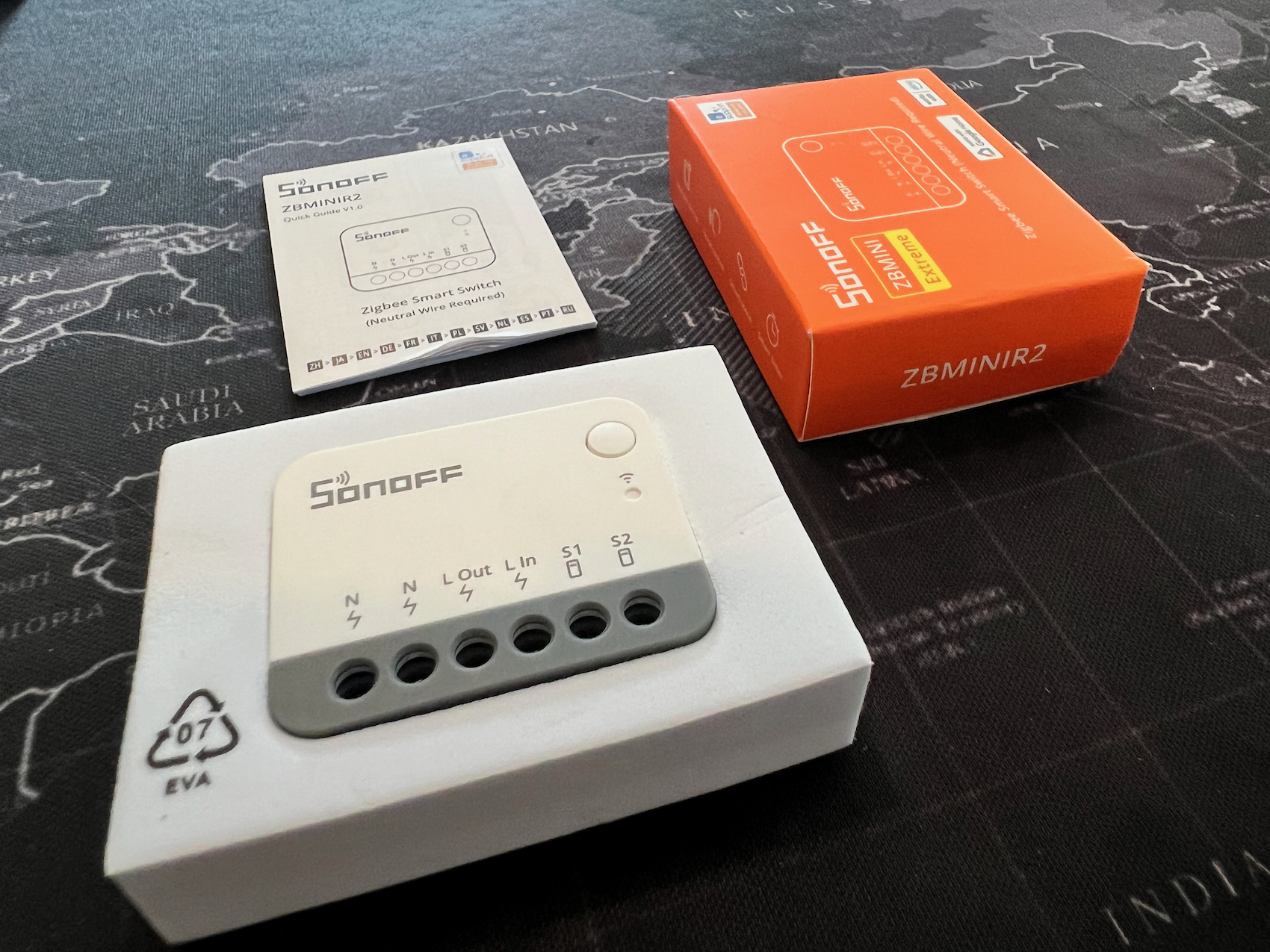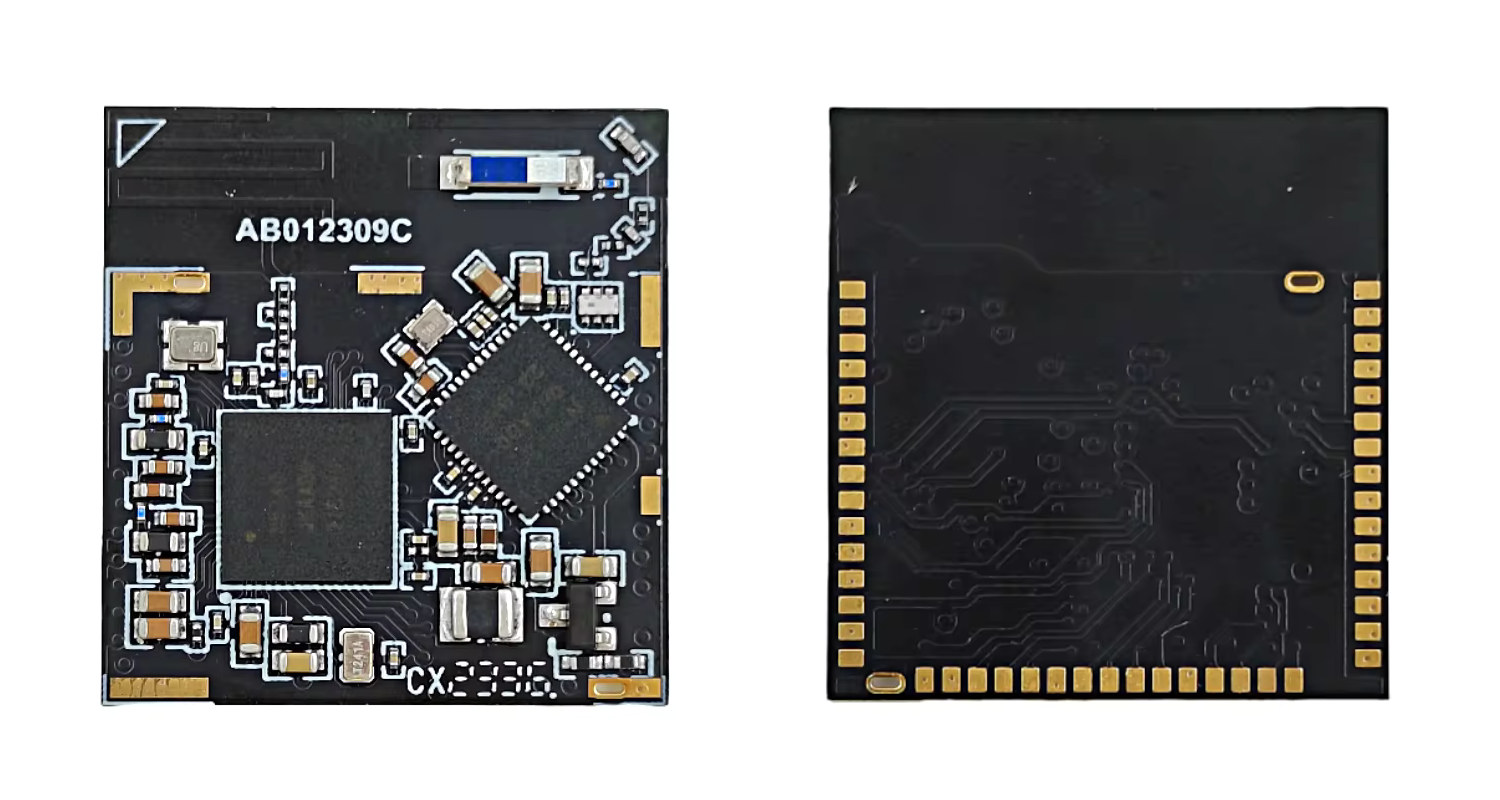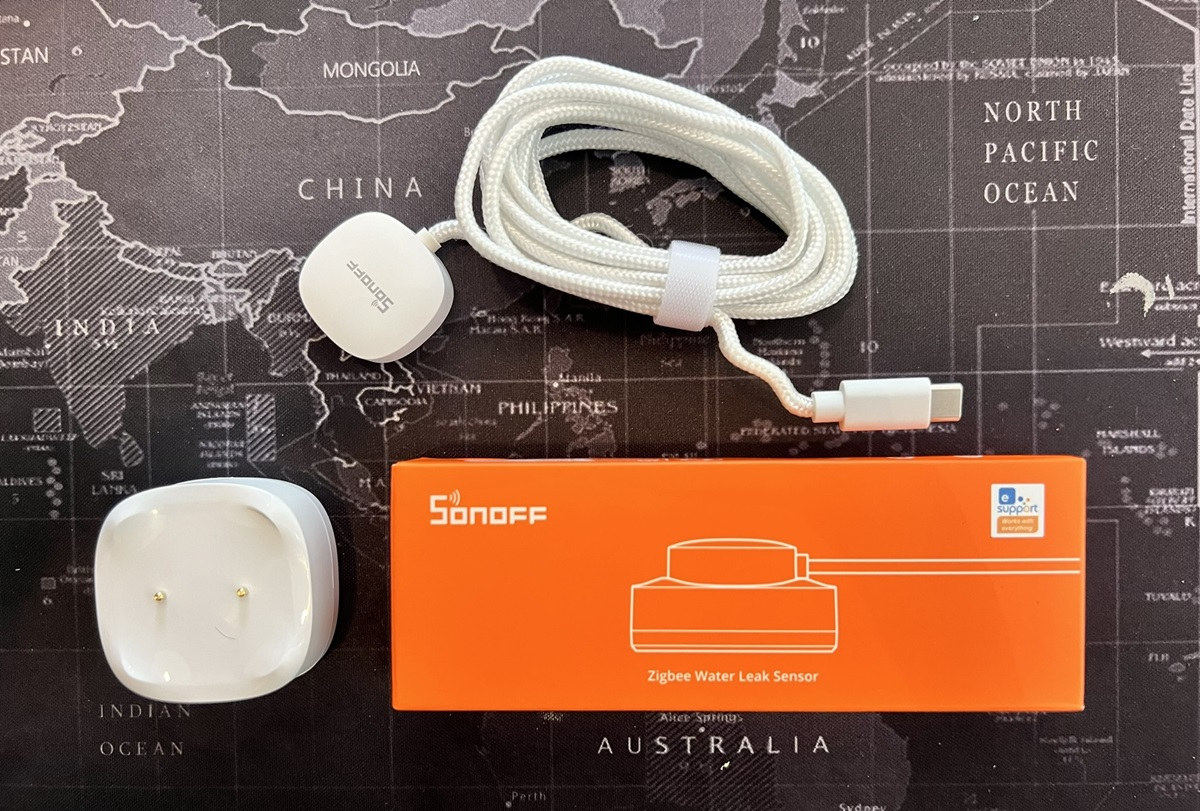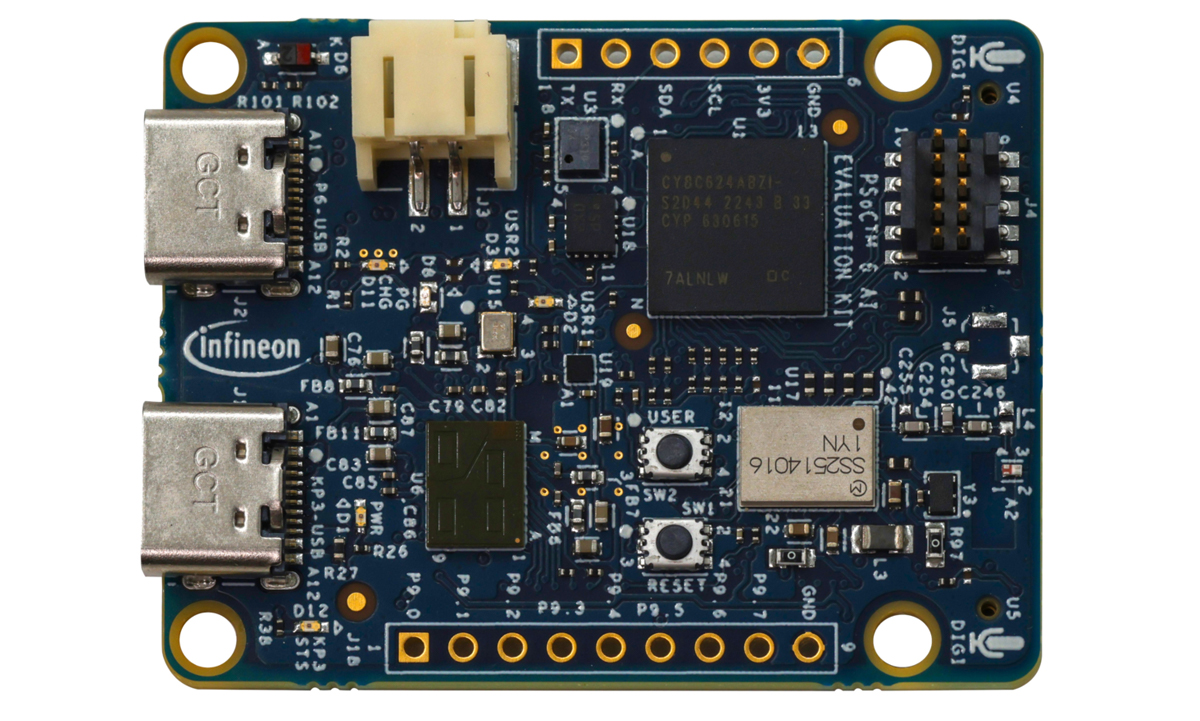LG Electronics (LG) has fully opened its ThingQ API for its Smart Home platform to enable developers to integrate their solutions with compatible LG appliances. The release covers both the API for individual users and corporate users. The ThinQ API for individual users supports the control and monitoring of AI appliances registered in the LG ThinQ app. It allows users to create customized Smart Home applications, for example, the popular Home Assistant home automation framework can already connect and control 26 types of LG AI appliances including refrigerators, water heaters, and washing machines. I can see the community has been working on LG ThinQ integration well before the release of the full release of the API, but maybe LG saw this and completly released the API to ease the work of developers. There are four main ThingQ APIs for individuals: Device API – Used to request ThinQ device information and […]
Hornet Nest Alarm Panel – An Home Assistant-compatible, ESP32 home security automation platform with PoE and 42-zone support (Crowdfunding)
The Hornet Nest Alarm Panel is a customizable, ESP32-based alarm control system designed and produced by US-based Technology Automation Consulting for home security automation. The device is powered by the wESP32 Ethernet board with PoE support and is compatible with Home Assistant through the ESPHome firmware. It features up to forty-two optoisolated zones, six MOSFET-controlled outputs, and six additional trigger outputs for 3.3V devices. It integrates a piezo buzzer and supports add-ons like a Wiegand keypad and water leak sensors. The Hornet Nest Alarm ESP32-based home security platform “aims to bridge the gap between traditional wired security systems and the flexibility of modern smart home automation.” Christopher Greenless of Technology Automation Consulting says the project was born from his need for a robust and smart security system to integrate with his Home Assistant setup. Proprietary solutions were inadequate and limited while DIY options were inefficient and often unreliable. He created […]
ESP32-C3-based 2-channel Wi-Fi AC relay support energy monitoring with Home Assistant
Seeed Studio has recently launched a 2-channel Wi-Fi AC relay built around the XIAO ESP32C3 WiFI and Bluetooth module. The device is a simple WiFi relay module that can control two independent 100-240V AC appliances and is designed to be compatible with both Home Assistant with ESPHome firmware flashed by default. The device also features a built-in BL0942 power meter with a maximum load capacity of 2400W at 240V for real-time and historical energy consumption monitoring. These features make this device suitable for applications such as energy tracking and remote control of appliances. Seeed Studio 2-channel Wi-Fi AC relay specifications: MCU – XIAO ESP32-C3 with ESP32-C3 WiFi 4 and Bluetooth 5.x RISC-V microcontroller, USB-C port Wireless connectivity – 2.4GHz Wi-Fi Relay channels – 2 independent channels Power Input terminals – Neutral (N), Live (L) Input voltage – 100-240V AC, 50/60Hz Output terminals Channel 1: N1 (Neutral), L1 (Live) Channel 2: […]
Matter 1.4 specification improves multi-admin and energy management, adds new devices like solar panels, batteries, and water heaters
We covered the Matter 1.3 specification in May 2024, but the Connectivity Standards Alliance is wasting no time and the Matter 1.4 specification is already out with features and improvements such as “Enhanced Multi-Admin”, Matter certifiable Home Routers and Access Points, energy management enhancements, and several new device types such as solar power equipment and batteries. Matter has been deployed in millions of Smart Home products in just a few years and aims to enable interoperability between devices from multiple vendors. Paisit reviewed a few Matter products from SONOFF including the MINIR4M Smart Switch, SONOFF Zigbee Bridge Ultra, and SwitchMan M5 Matter wall switch, and while Matter interoperability is working since devices can be controlled from Matter-compatible apps (e.g. Apple Home), users do lose some features found in the “native” app such as eWelink in the case of SONOFF devices. Matter 1.4 key improvements and new features: Home Routers and […]
SONOFF ZBMINIR2 review – A mini Zigbee switch & Zigbee router tested with eWeLink and Home Assistant
We have received another Zigbee device from SONOFF for review, namely the ZBMINIR2 which we’ll review with both eWelink adn Home Assistant. Many people may be familiar with the first-generation mini Zigbee Switch that SONOFF released in 2020, known as the ZBMINI. ZBMINI was one of the early Zigbee Switch models, which also acted as a Zigbee Router. The ZBMINIR2 is SONOFF’s second-generation mini Zigbee Switch including both software and hardware upgrades compared to its predecessor. Improvements include a smaller size, better signal quality, an increase in the number of supported devices (2x), wider coverage (5x), and additional features. Let’s dive into the details. Unboxing ZBMINIR2 Zigbee switch Inside the box, you’ll find a small user manual and the ZBMINIR2 device as usual. It is notably smaller than the predecessor model, which makes installation much easier in many cases. For example, it can now fit into the wall box behind […]
Abluetech PTR7002 WiFi 6 and PTR5302 WiFi 6 and BLE 5.4 modules feature Nordic Semi nRF7002/nRF5340 wireless chips
Shenzhen-based Abluetech has launched two low-power wireless modules based on Nordic Semi nRF7002 and nRF5340 wireless chips. The PTR7002 is a dual-band WiFi 6 module based on the nRF7002 chip, and the PTR5302 module combines the nRF7002 with the nRF5340 wireless microcontroller to offer dual-band WiFi 6 and Bluetooth LE 5.4 connectivity Abluetech PTR7002 dual-band WiFi 6 module with nRF7002 PTR7002 specifications: Chipset – Nordic Semi nRF7002 Wireless Dual-band Wi-Fi 6 Tx power – Up to +21dBm Rx sensitivity – -96.5dBm @ 2.4GHz / -90.5dBm @ 5GHz PHY bandwidth – Up to 86 Mbps (MCS7) 1SISO; 20MHz bandwidth Modes – Station, Wi-Fi Direct, Soft AP (Wi-Fi 4 operation only), simultaneous Station +Soft AP/Wi-Fi Direct/Station modes. 2.4GHz and 5GHz dual-band PCB antenna Range – Up to 300 meters Host interface – SPI / QSPI; AT command set Supply Voltage – 2.9 to 4.5V Power Consumption (@ 3.6V TBC) Tx peak current […]
SONOFF SNZB-05P review – A Zigbee water leak sensor tested with eWelink and Home Assistant
Today, we will review another new sensor from SONOFF, the SNZN-05P Zigbee water leak sensor. This is SONOFF’s first-ever water leak detection sensor. In the past, we have reviewed other Zigbee sensors that were upgraded from previous models. SONOFF enthusiasts will likely be pleased because a water leak detection sensor is something that should have been part of the SONOFF ecosystem for a long time. That is a bit late in the game, but it has a unique feature: an Extended Detection Cable that can detect water leaks. Let’s take a look! SONOFF SNZB-05P Water Leak Sensor Unboxing Inside the box, you’ll find the sensor, an Extended Detection Cable (2m), cable clips, and a small manual. The SNZB-05P is water-resistant with an IP67 rating (submersible up to 1 meter for 30 minutes). It uses a CR2477 battery, similar to other SONOFF Zigbee sensors, which should last several years. Both terminals […]
Infineon CY8CKIT-062S2-AI PSoC 6 Edge AI evaluation kit features multiple sensors, Arduino headers, Pmod connectors
Infineon CY8CKIT-062S2-AI evaluation kit is a hardware platform built around the PSoC 6 family of MCUs and designed to help developers easily create and test edge AI applications. The dev board features an array of sensors including radar, microphone, magnetometer, IMU, and an air pressure sensor, which make it easy for data collection applications. The board also features Wi-Fi and Bluetooth connectivity and includes an additional expansion header that can be used to connect other modules and sensors. All of these features make this board useful for building a wide range of AI-powered applications, including smart home automation, industrial monitoring, wearables, healthcare devices, and robotics. Previously we have written about similar low-power edge AI modules such as the Digi ConnectCore MP25, the Axiomtek AIE110-XNX, and the Arducam KingKong feel free to check those out if you are interested in such low-power modules. Infineon CY8CKIT-062S2-AI Evaluation Kit specifications: MCU – Infineon […]


